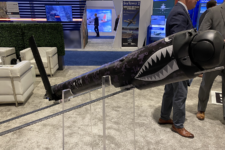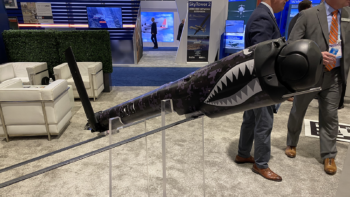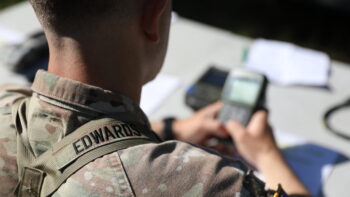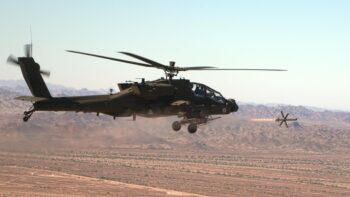 UPDATED WASHINGTON: The Army will cancel a multimillion dollar effort to upgrade its Humvee fleet and funnel those funds into the Joint Light Tactical Vehicle, according to sources with knowledge of the program.
UPDATED WASHINGTON: The Army will cancel a multimillion dollar effort to upgrade its Humvee fleet and funnel those funds into the Joint Light Tactical Vehicle, according to sources with knowledge of the program.
Pentagon acquisition officials spearheaded Army’s decision to terminate the Modernized Expanded Capability Vehicle program — the official moniker of the Humvee recapitalization program, sources say. The MECV cancellation will likely be part of the Army’s upcoming fiscal 2013 budget plan. An Army spokesman could not confirm or deny the program’s cancellation, noting internal budget deliberations are still ongoing.
Senior service leaders, including Army Secretary John McHugh and Chief of Staff Gen. Ray Odierno, have repeatedly stated JLTV is the future of the Army’s tactical vehicle fleet. The Army already decided to ramp down the MECV program — from 50,000 to 100,000 vehicles down to roughly 6,000 for air assault ops — to make way for the JLTV’s entrance into the fleet. In 2010, service officials attempted to cancel the MECV program, until Capitol Hill forced the Army to pull it off the budget chopping block.
If true, the cancellation will allow the Army to move full bore into JLTV development, using dollars from the defunct MECV effort, according to these sources. It also leaves the service without a viable backup plan, if schedule delays and cost overruns continue on the JLTV. The Humvee still plays a huge role in ongoing combat operations and is the backbone of the Army’s light tactical vehicle fleet.
But Army officials had serious doubts whether industry could build an upgraded Humvee to meet the service’s demands. “We have tested some of the [upgraded Humvees] already and they did not prove out,” an Army official with knowledge of the program told Breaking Defense last November. “We don’t know if they can do it,” the official said of ongoing industry efforts. MECV competitors have been working on various ways to increase the vehicle’s armor and payload while keeping it light enough air assault missions. Initially, Army leaders wanted the JLTV for air assault.
But the specialized metals and material needed to get the JLTV air mobile was one of many reasons why the vehicle’s costs skyrocketed. Last year, legislators scoffed at the JLTV’s estimated $350,000 price tag per truck. And they made their feelings known by stripping millions from the program in the fiscal 2012 defense spending legislation. As a result, the Army and Marines rolled out a new JLTV proposal request last October, nixing the air assault and other requirements to cut the JLTV’s per-unit costs down from roughly $350,000 to $270,000. But even after all that, Congress remains unconvinced the JLTV is worth the investment.
Pentagon confirms Switchblade 600 made first Replicator tranche
“This is a critical step in delivering the capabilities we need, at the scale and speed we need, to continue securing a free and open Indo-Pacific” said Admiral Samuel Paparo, commander of U.S. Indo-Pacific Command.


























